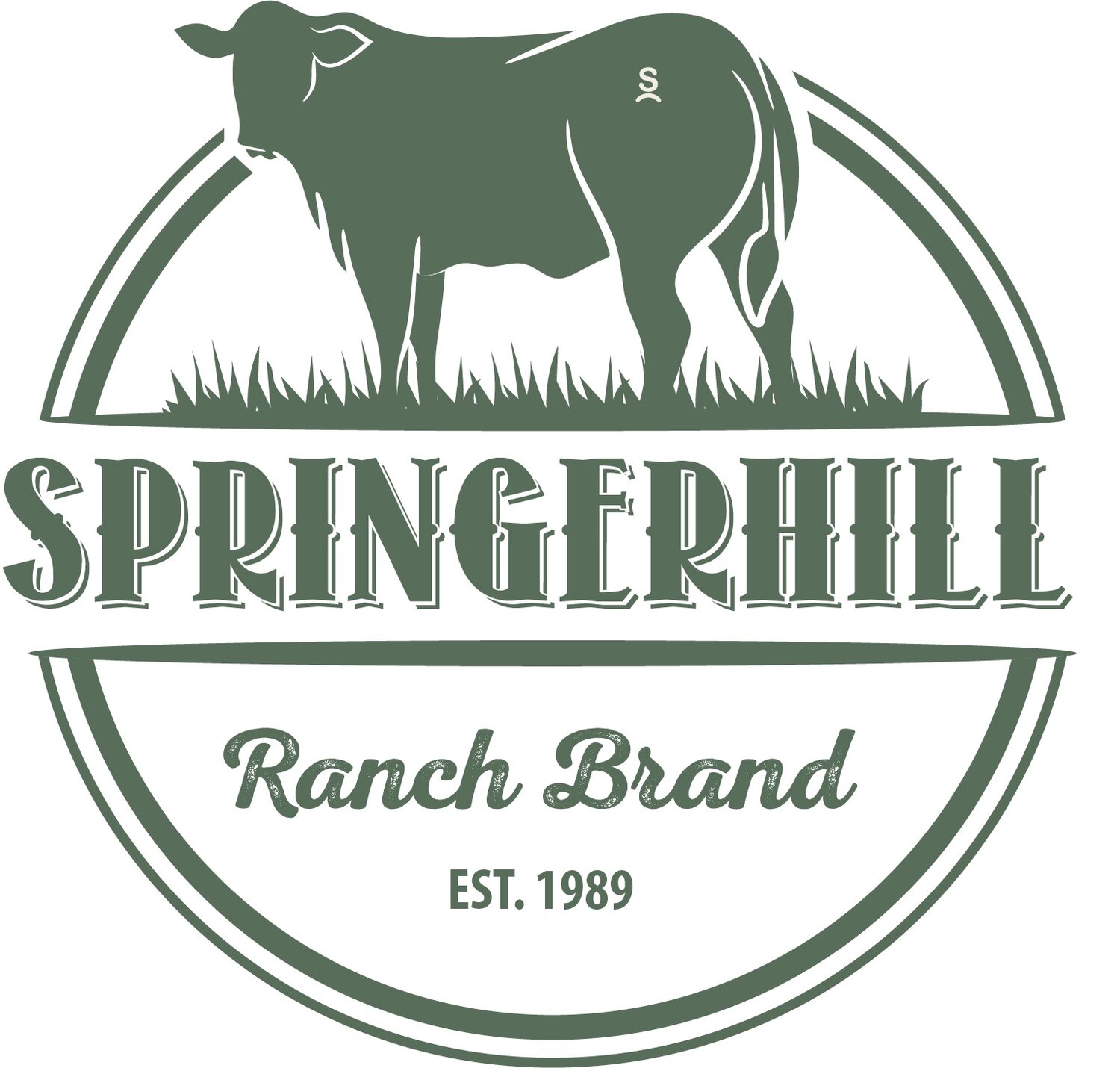HEALTH BENEFITS OF EATING GRASS-FED BEEF
Grass-fed beef has more beta-carotene, vitamin E and omega-3 fatty acids than beef produced using conventional cattle-feeding Strategies.
Our grass-fed cattle live out their lives on the range or pasture eating grass or hay. Their meat contains a higher level of nutrients. Cattle fed primarily grass have 60 percent more omega-3 fatty acids and a more favorable omega-6 to omega-3 ratio. Omega-3 fatty acids reduce inflammation and help prevent heart disease and arthritis. Omega-6 promotes inflammation, blood clotting and tumor growth. Because the two substances work together to promote good health, it is important to maintain a proper balance of omega-3 and omega-6 fatty acids. The essential fatty acids are also highly concentrated in the brain and appear to be particularly important for cognitive and behavioral function.
Raising cattle on grass boosts the beef's level of a conjugated acid (CLA), a lesser-known but important group of polyunsaturated fatty acids found in beef, lamb and dairy products. Over the past two decades, numerous health benefits have been attributed to CLA in animals, including a reduction in cancer, heart disease, onset of diabetes and accumulation of body fat. To achieve these benefits, the average person should consume about 5 grams of CLA per day. A 3.5-ounce serving of grass-fed beef provides 1.23 grams of CLA, 25 percent of the daily requirement. The same amount of conventional beef provides less than 10 percent of the daily requirement.
*Grass-Fed beef claims from University of California Cooperative Extension Service Study

Help conserve our rain forest by purchasing domestic grass-fed beef.
In South America, beef production was responsible for 71 percent of total deforestation between 1990 and 2005 (De Sy et al. 2015). Springerhill Ranch Brand has made a commitment to utilizing domestic rangelands to grow our cattle and supports deforestation-free practices.
Grass Finished Cattle, Good For The Planet
There are plenty of great health benefits from consuming grass-finished beef, but did you know the greatest benefit could be to our planet?
It’s All About The Soil:
Our planet has a great filter and storage system for taking carbon out our air: soil. Our soil achieves this amazing carbon storage by working in concert with trees and grasslands. Grasslands take in carbon and send it to their root systems where excess carbon is stored in the ground. This process is called biological carbon sequestration.
The Commodity Beef Problem:
In traditional farming practices the soil is tilled, releasing the carbon in the ground into the atmosphere and roots up any cover crops. When you do not have a cover crop such as grass, it diminishes the soils ability to take in and hold carbon. This process also zaps the soil of its ability to retain: water, natural nutrients and organisms leading to desertification. Almost one third of the tilled crops in the USA are used to feed livestock, most of which are in commodity feedlots.
Why Grass Finished Cattle Are The Solution:
Historically, grasslands occupied approximately one billion acres in the US - about one half of the landmass of the 48 contiguous states. Raising grass-finished cattle is an excellent utilization of rangeland and has no need to till up land to make corn for cattle in feedlots. When cattle graze, they are constantly pushing nutrients and beneficial organisms into the soil to provide a healthy soil ecosystem. When you have heathy soil it leads to heathy vegetation. Heathy vegetation improves carbon sequestration, water retention and reduces surface temperature extremes. All of these factors benefit our planet and everyone living on it.

